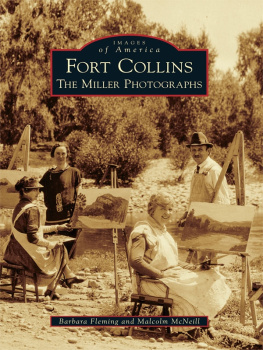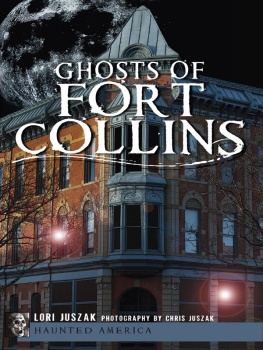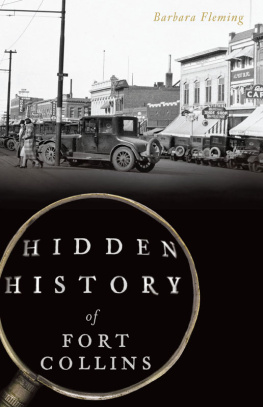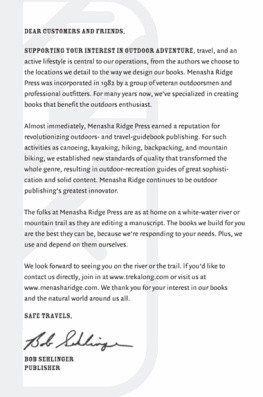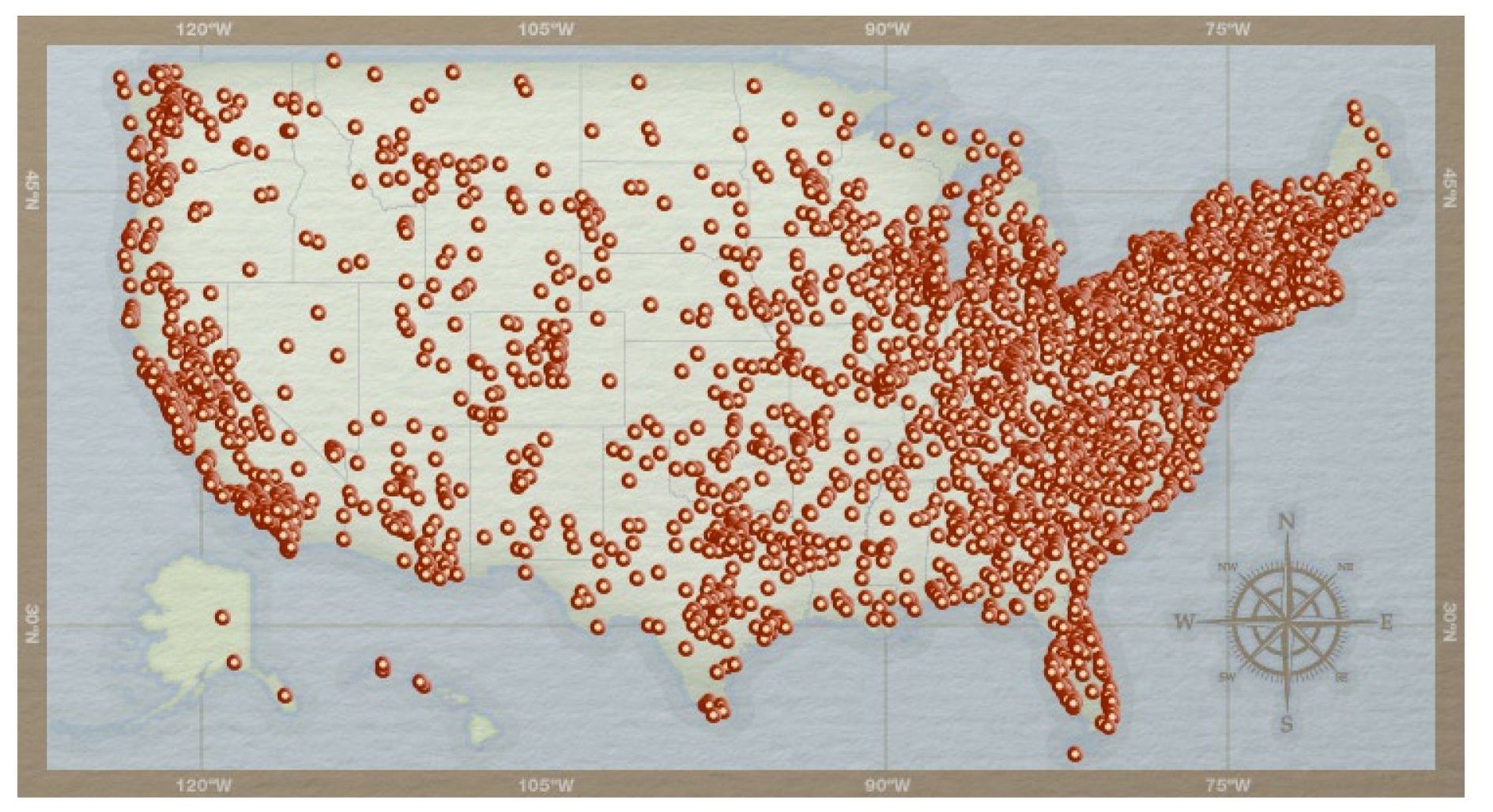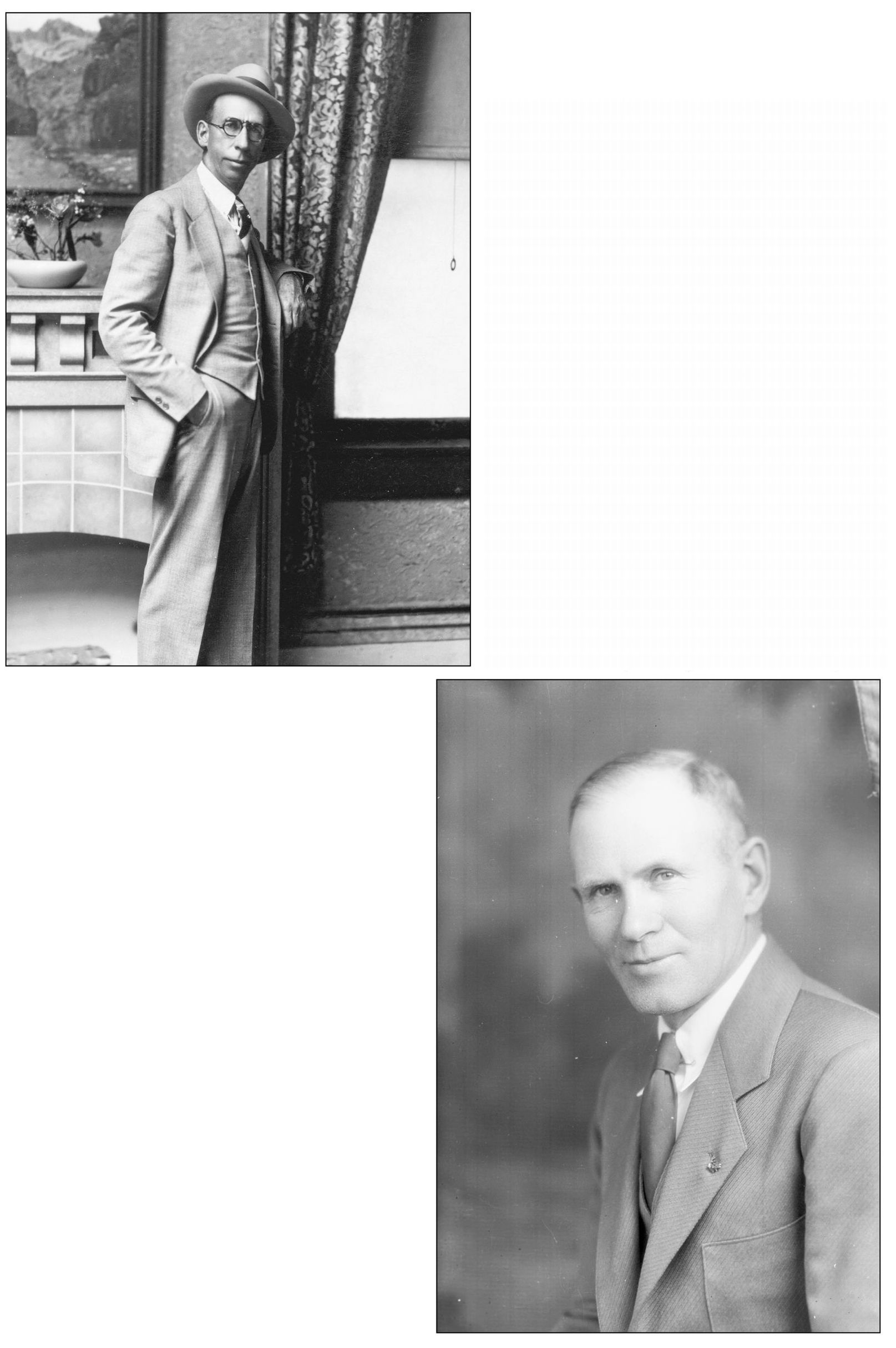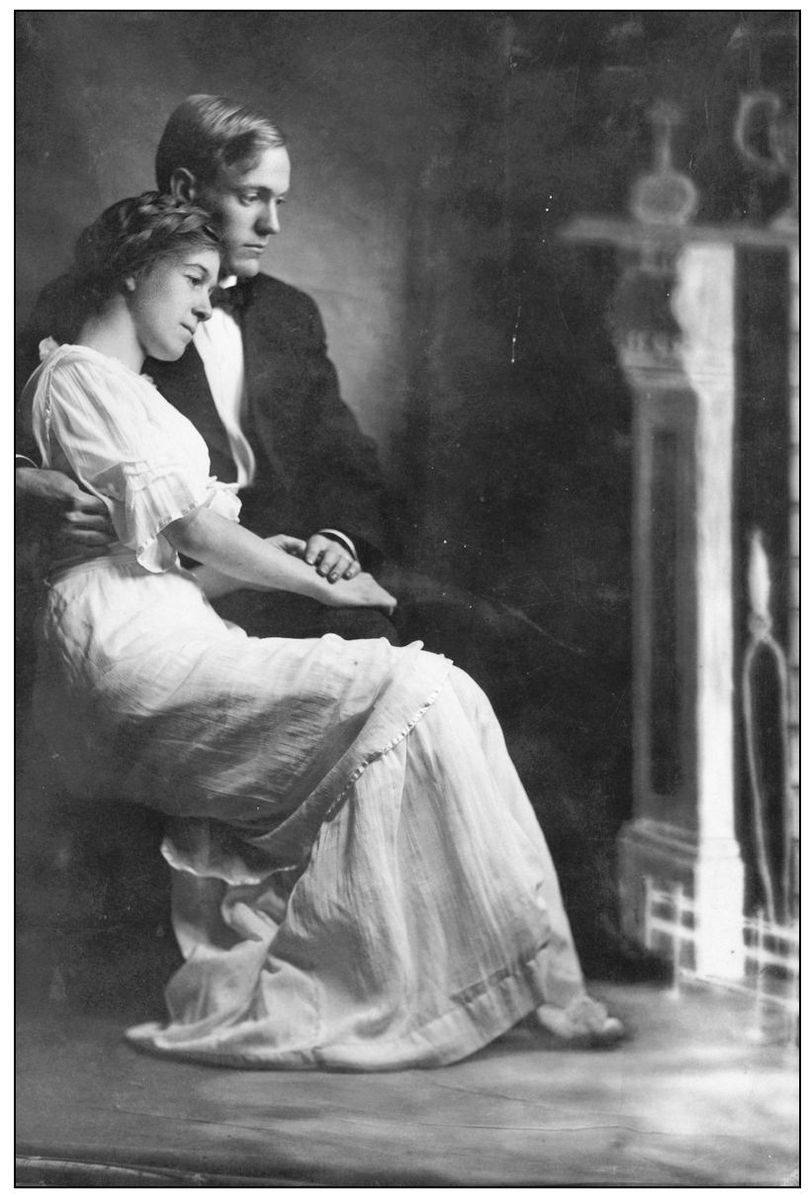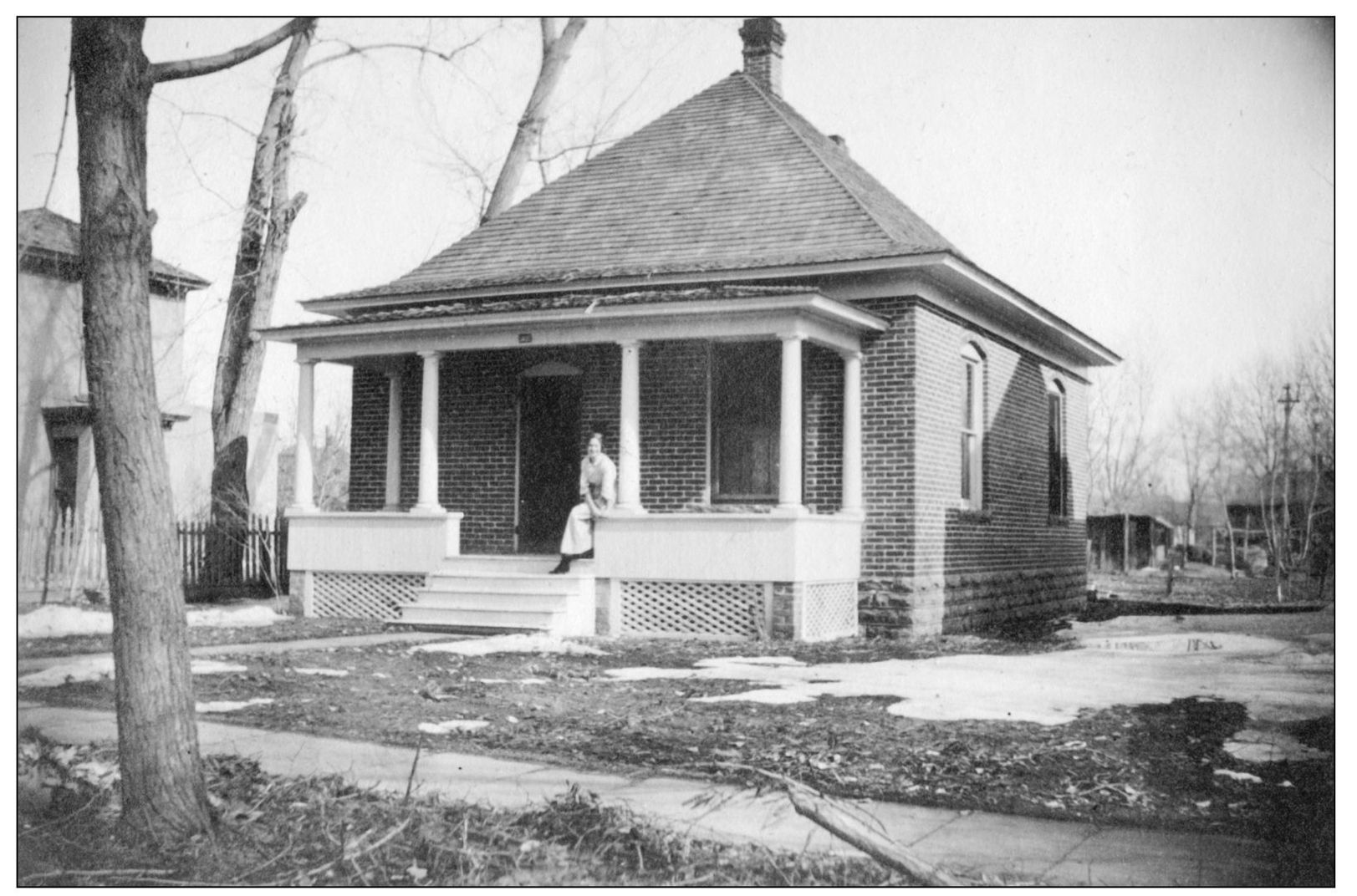One
MEET MARK MILLER
Mark Miller was 13 when his parents, Amos and Mary Miller, moved to Fort Collins in 1905. Amos, an investor and farmer, may have chosen the high-plains town because of his wifes asthma. Whatever the reason, the decision was life-changing for Mark.
Mary Miller waited in Denver with Mark, his older sister, Emma, and his younger sister, Geneva, while Amos sought a location for a hardware storeat least, thats how the family story went, though accounts differ as to whether Amos opened a store. He had been in the hardware business in Scranton, Kansas, where the family hailed from originally.
For a short time, the family lived in Ault, east of Fort Collins, before making the permanent move to Fort Collins. The small Western town they chose for their new home was neatly laid out with wide streets, abundant trees, and many large, sturdy houses. The Miller family had their choice among many churches. In the late 1890s, Fort Collins had banned the sale of alcohol, which tended to attract family-oriented, hardworking residents.
Dominating the eastern horizon was the Great Western Sugar Company factory, a major employer that processed sugar beets. Few cars traversed the unpaved streets. A well-used train track intersected the town on Mason Street. The student body at the college infused the town with a lively, youthful air.
Only four years after their arrival, tragedy struck the Miller family when Marks bright, popular, older sister, Emma, who had been going to college in Boulder, Colorado, was stricken with appendicitis. Despite doctors best efforts, she died of complications from surgery and infection, and, says Marks daughter, Beth Schieck, the family was never the same again.
Mark, a year younger than his sister, attended public school for a while, but boys his age were expected to make their way in the world. He began to work part-time as an apprentice to a bicycle repairman.
A short time later, his life took a fateful turn when he met H. C. Bradley and Claude Patrick.
Miller could not have found better mentors than Harry C. Bradley (left) and Claude Patrick (below). Photographer Harry C. Bradley came to Fort Collins in 1899, setting up shop on North College Avenue and using poetry and bold advertising to bring in customers. He soon moved to South College Avenue and built the studio Miller later bought. Around 1908, Bradley fell in love with cars, brought in Patrick to help with his photography business, and became one of the first car dealers in town. Miller, working after school at the fix-it shop near the Bradley Studio, met Bradley and Patrick, and got interested in photography. In 1911, with Bradley selling cars, Patrick bought the studio, taking on Miller as his assistant. Miller never looked back. Patrick, Bradley, and Miller remained lifelong friends. (Left, FCM M06193; below, FCM M00668.)
In mid-1912, Miller opened his own business in Longmont, about 40 miles southwest of Fort Collins. In the early 20th century, photographers often set up their studios in their homes. Millers was probably in his home, the most feasible way for him to make a living taking picturesthe only career that held any interest for him. Millers children John and Beth are unsure how their father financed the studio, which he apparently purchased; he may have gotten a loan or gift from his father, Amos Miller, who always seemed to have money, according to Beth. As Miller helps a customer in his studio, his large studio camera is visible at right, set up in the room with the best light. His photographsmostly portraits, his bread and butterdecorate the outer room. (JCM.)
New Years Eve in 1913 was a special day for Mark Miller and his bride, Effie Hall. They met at the First Methodist Episcopal Church in Longmont, but soon afterward, Effie left her job at a store called Noahs Ark to move to her brother Jamess farm near Berthoud because of his severe asthma. Mark rode his bicycle 15 miles to Jamess farm to court her. The photograph at left shows Effie in her wedding clothes. The caption called them her wedding trigs, an old word meaning sharp or neat. The photograph below is part of a series showing the happy couple in their first home. (Both, JCM.)
Effie perches on the porch of the Longmont house at 438 Collyer Street. Though there is a sidewalk in front of the house, it is likely the streets were unpaved. A shed at the back of the property may have held chickens; many town dwellers kept chickens and sometimes ducks, goats, or pigs. (JCM.)

